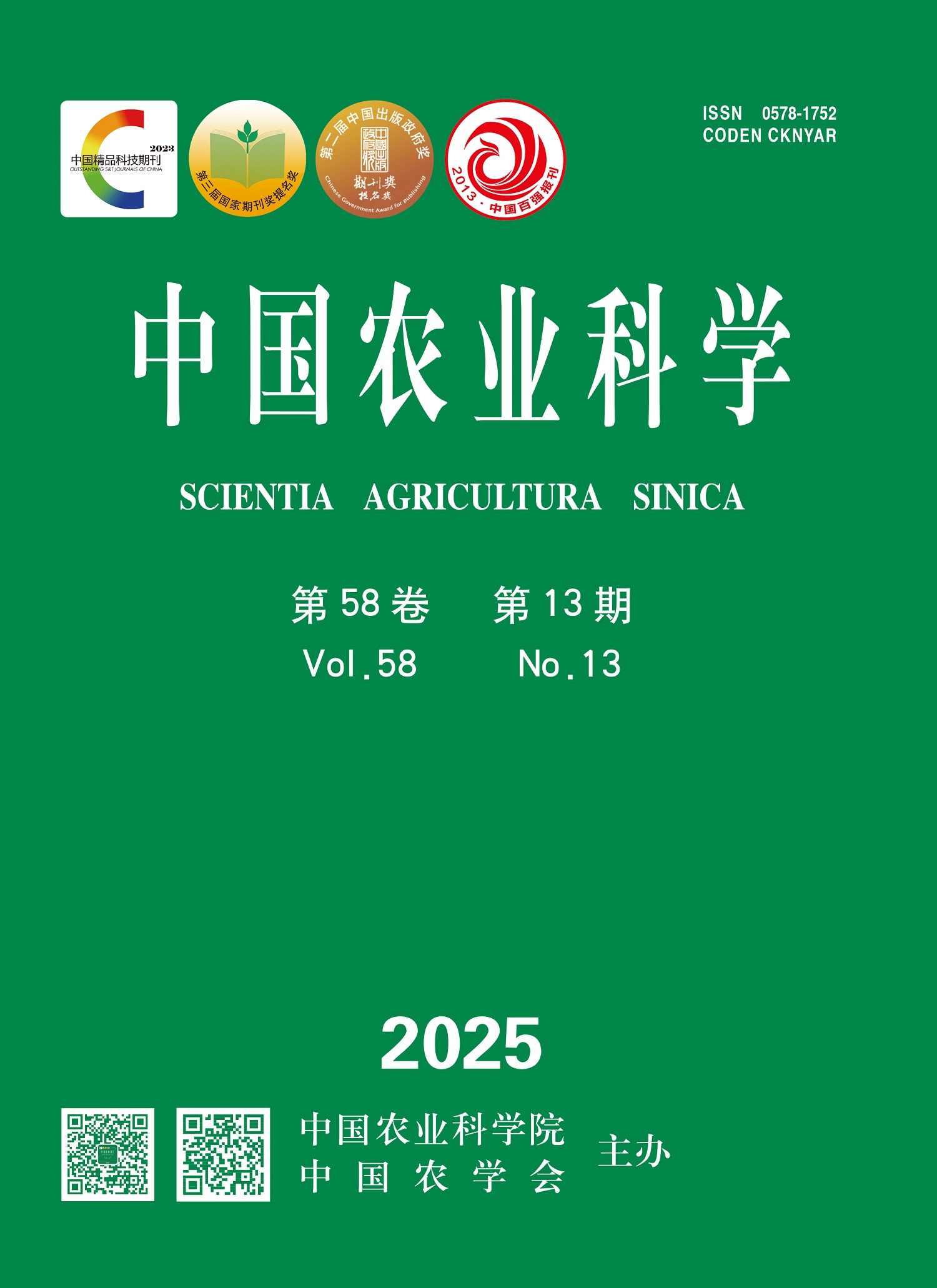【Objective】 This study analyzes the quality characteristics of potato flour from different potato varieties (lines), aiming to identify key indicators for selecting suitable varieties for potato flour processing and to provide a theoretical basis for breeding high-quality processing varieties. 【Method】 Thirty-two domestically and internationally cultivated potato varieties (lines) were employed as experimental materials, with the variety Atlantic as the control. The contents of dry matter, starch, amylose, reducing sugars, ascorbic acid, citric acid, chlorogenic acid, and glycoalkaloids in the tubers were measured, along with the quality and physicochemical properties of the potato flour, including moisture, ash, crude starch, crude fat, solubility, swelling capacity, water-holding capacity, oil-holding capacity, blue value, freeze-thaw stability, whiteness, brightness, and thermal characteristics. After principal component analysis, cluster analysis, correlation analysis, and stepwise regression analysis, the differences in tuber and potato flour quality among the various varieties (lines) were compared, and representative indicators and superior processing quality varieties were identified. 【Result】 Among the thirty-two varieties, the tuber dry matter content ranged from 17.14% to 25.58% FW, starch content ranged from 11.34% to 19.52% FW, amylose content ranged from 15.24% to 24.44% FW of the starch content, reducing sugars content ranged from 0.10% to 1.07% FW, ascorbic acid content ranged from 0.51 to 4.10 mg·g-1 DW, citric acid content ranged from 9.60 to 28.42 mg·g-1 DW, chlorogenic acid content ranged from 121.32 to 2 558.36 mg·kg-1 DW, and glycoalkaloids content ranged from 25.63 to 882.90 mg·kg-1 DW. The potato flour moisture content ranged from 2.05 to 7.21 g·100 g-1, ash content ranged from 2.00 to 5.34 g·100 g-1, crude starch content ranged from 44.50 to 77.50 g·100 g-1, crude fat content ranged from 0.10 to 0.93 g·100 g-1, solubility ranged from 14.11% to 25.17%, swelling capacity ranged from 12.75% to 17.71%, water-holding capacity ranged from 2.76 to 3.79 g·g-1, oil-holding capacity ranged 2.37 to 3.30 g·g-1, blue value ranged from 6.35 to 22.52, bleeding rate ranged from 23.96% to 54.34%, whiteness ranged from 11.47 to 31.00, brightness ranged from 75.92 to 88.03, onset temperature ranged from 60.70 to 70.04 ℃, peak temperature ranged from 64.84 to 74.06 ℃, crystallization temperature ranged from 69.37 to 78.15 ℃, and pasting enthalpy ranged from 2.36 to 4.92 J·g-1. Significant correlations were found among various indicators, including agronomic traits of tubers and the quality and physicochemical properties of potato flour. Notably, there are an extremely significant negative correlation among swelling capacity, bleeding rate, To, Tp, and Tc. A comprehensive evaluation model for potato flour quality was developed: Y=0.612+0.352×Dry matter (%)-0.344×Bleeding rate (%)-0.233×Glycoalkaloid content (μg·g-1)-0.238×Peak temperature (℃)+0.152×Crude starch (g·100 g-1) (R²=0.952, P<0.01). 【Conclusion】 The content of dry matter, glycoalkaloid, crude starch, freeze-thaw stability, and peak temperature are key indicators for evaluating and selecting potatoes for flour processing. Gannongshu No.7 and Zhongshu No.49 are excellent varieties for potato flour processing.









